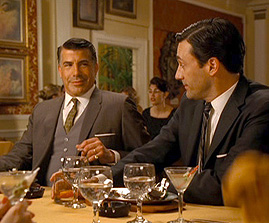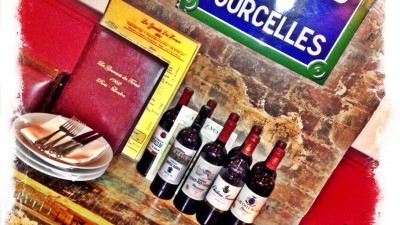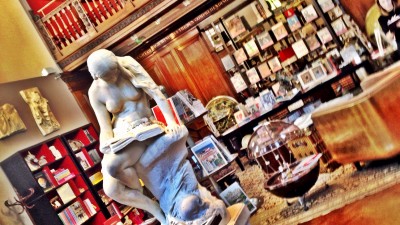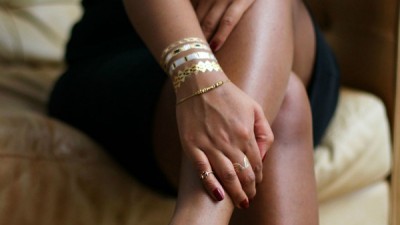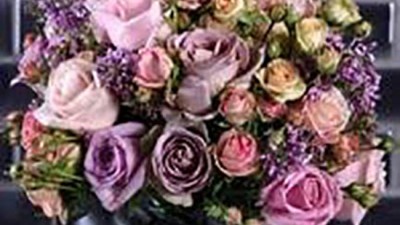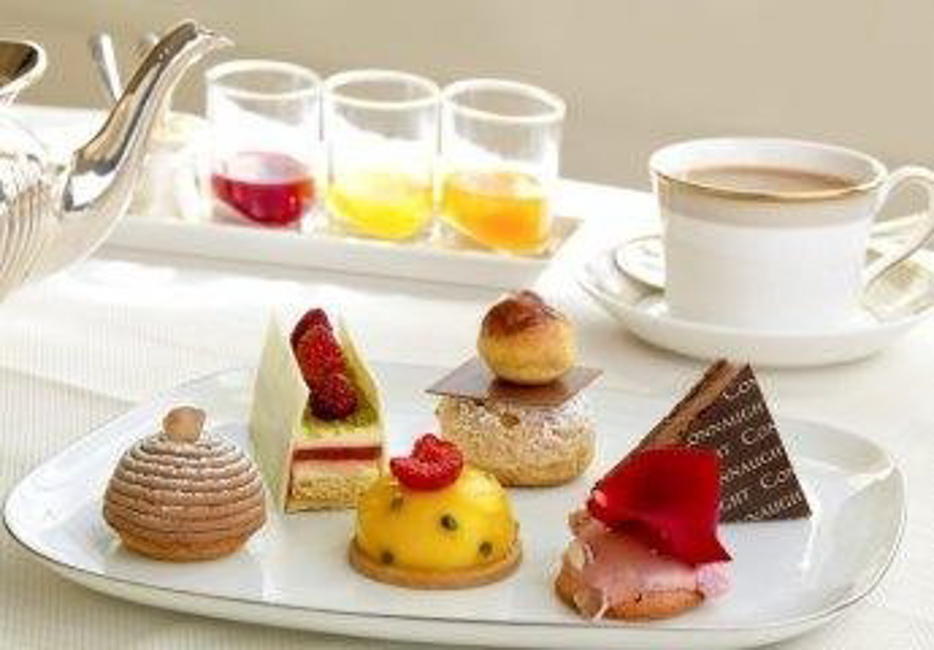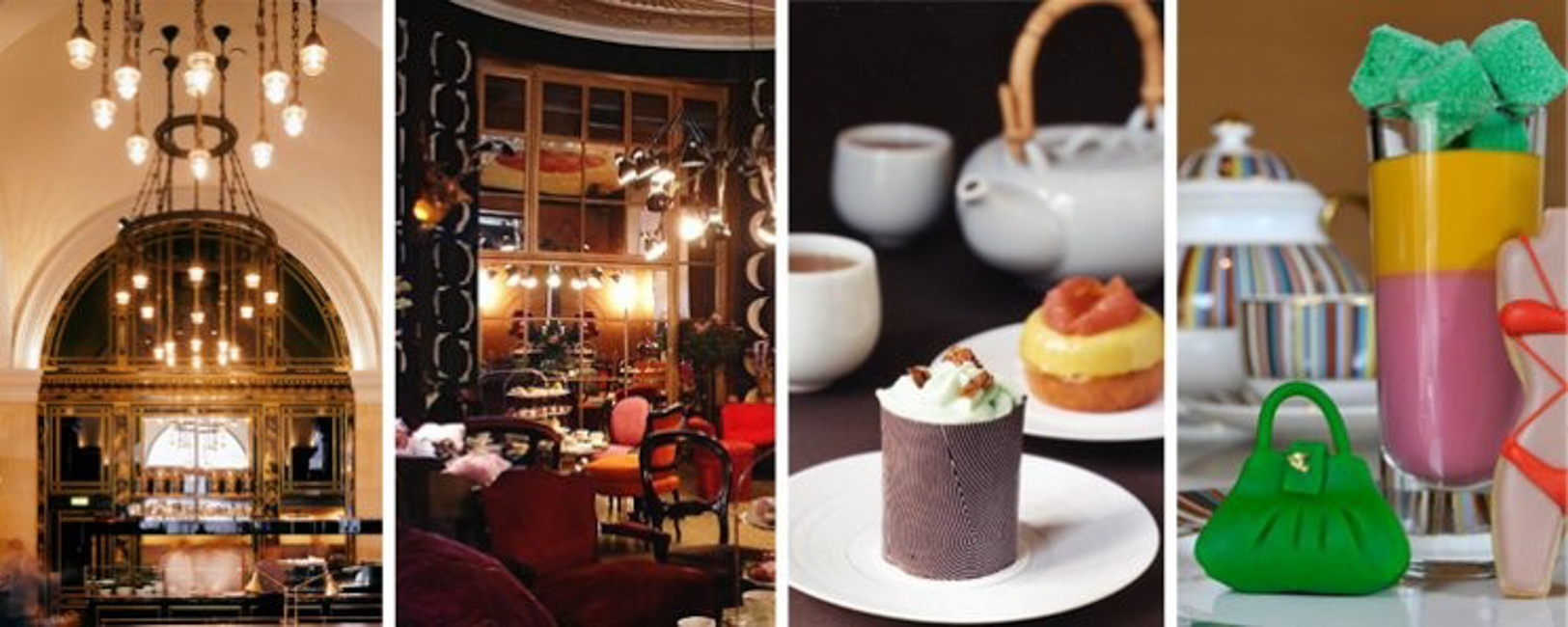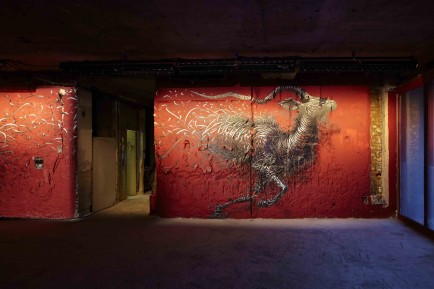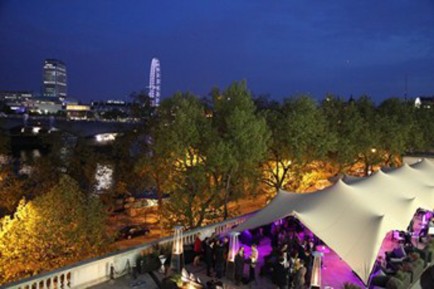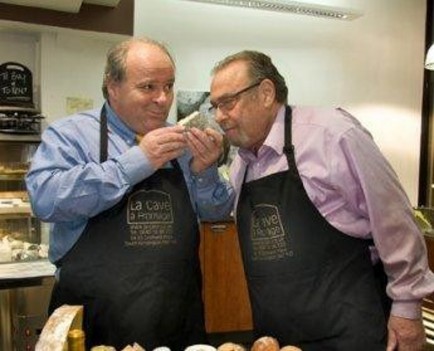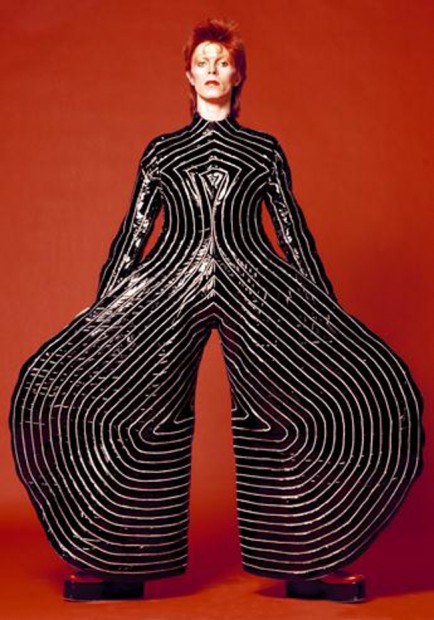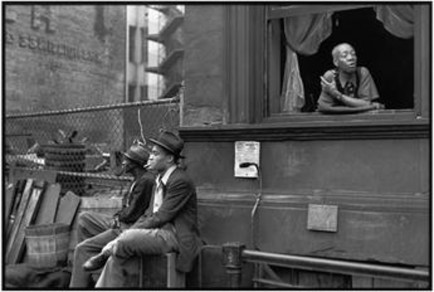Afternoon Tea has got to be (at least from a French perspective) the most appealing of British culinary traditions. Originating from the aristocratic salons of the XIXth century, this refined but copious meal has recently evolved through modern variations well beyond the traditional cucumber sandwiches and scones. As importantly, it offers a good occasion to sample some of the most exclusive restaurants in London without breaking the bank. Below is a selection of our favourites…
Espelette at The Connaught : the most gastronomic Created by Hélène Darroze, the « Chic and Shock » Afternoon Tea (£35) offered at the Connaught combines the best of British but interpreted in a way in sync with XXIst century’s palates. The famous French chef has thus successfully mixed nouvelle cuisine with quintessentially English ingredients, as demonstrated by the exquisite “Cucumber, lime and mint fusion with Mojito foam”. Not to be missed are the handmade jams created by her friend Christine Ferber (rose and passion fruit in particular) which can be bought at the restaurant. Clientele: well heeled Mayfair locals and wealthy tourists. The Connaught : Carlos Place, W1 (Bond Street)
Yauatcha : the most exotic This Afternoon Tea a brings a delicious Asian twist to the English meal. Its Oriental Afternoon Tea (£24.50), served in its ultramodern decor reminiscent of a giant fish tank, includes refined dim sum as well as coconut and lime scones and delicious rose and lychee cakes. Worth noting too : the macaroons sold at its pastry shop, which flavours include kumquat, jasmine, hibiscus and black tea. Clientele: film producers, media types and models. Yauatcha: 15-17 Broqdwick Street W1 (Oxford Circus)
Caramel Room at The Berkeley : the most fashion forward Served in bespoke china plates and cups designed by Paul Smith, the well-named Prêt-à-Portea at The Berkeley is a fashionista’s dream come true- providing she is not put off by its high calorie content. The traditional Afternoon Tea (£35) has been revamped through a selection of trendy cakes directly inspired by the catwalk, with the latest « collection » for Spring-Summer including the Alexander McQueen green tote in marzipan and a Christopher Kane Clementine bavaroise dress. Clientele: Knightsbridge fashion victims resting after a trip at Harvey Nicks. The Berkeley : Wilton Place SW1 (Knighbridge)
Parlour at Sketch : the most opulent Located on the ground of famed restaurant Sketch -a XVIIIth century mansion previously used as the London Christian Dior’s HQ- this tea room won’t disappoint, thanks in equal measure to the delicious signature cakes created by famous chef Pierre Gagnaire and to its decadent decor. Designed by Mourad “Momo” Mazouz, the room successfully mixes boho chic and Versailles, with refined and wild details that should clash but somehow work perfectly together. The Afternoon Tea (£24) is very good, but the cakes should be one’s priority, with special mention to the milk chocolate tart and the red pepper and manjari tart : culinary works of art ! Clientele: rich kids and hip tourists. Sketch : 9 Conduit Street W1 (Oxford Circus)
The Wolseley : the most elegant Régis Négrier, the pastry chef at The Wolseley, has managed to create an Afternoon Tea (£19.75) which blends English tradition with the quintessentially European feel of the restaurant -part French brasserie and part Viennese cafe. Located in a former bank, the ever buzzing Wolseley therefore manages to offer a much more modern alternative to its chintzy neighbour The Ritz, the hotel most traditionally associated with Afternoon Tea. It also provides a great vantage point to gaze at the beautiful people who populate the place. Clientele: fashion designers, journalists and celebs. The Wolseley : 160 Piccadilly W1 (Green Park)
Did you know that:
- According to Chinese legend, tea as a beverage dates back to 2737 BC, when tea leafs fell from their tree into the Emperor Shennong water cup.
- Tea is the most consumated beverage after water.
- While considered as quintessentially English drink, tea wasn’t introduced in Britain until 1661, when Catherine of Braganza, wife of Charles II, brought this practice with her from Portugal.
- Afternoon Tea was officially “created” in 1840 by the Duchess of Bedford, who got into the habit to eat at 4pm a meal composed of sandwiches (themselves previously created by the Earl of Sandwich), scones and cakes, in order to avoid getting hungry before her fashionably late late dinner.
- At the end of the XIXth century, this practice had become popular within the upper classes, with society ladies dressed in hats and gloves inviting each others in their drawing room to share this meal.
- The traditional Afternoon Tea is made of various sandwiches (cucumber, egg and cress and smoked salmon), scones with clotted cream from Devon and jams and cakes (such as Victoria sponge).
- It is considered rather bad manners to serve tea in a bag and directly in the cup, the « proper » custom being to brew loose leaves in the teapot before serving it.
- At the beginning of the XXth century, luxury hotels in London started to serve Afternoon tea as a meal, then considered fashionable. Nowadays the practice remains, with champagne being frequently added to the menu.
- Afternoon Tea and High Tea mean two very different things in England, the latter being the traditional working class meal that consists of cold meat, fish, eggs and biscuits served with tea. The meal as such, which used to be served between 5pm and 6pm, has all but disappeared today, but the term “tea” remains to designate supper.
Scone recipe by Régis Négrier from The Wolseley
Ingredients for 20 scones
- 410g cake flour
- 410g strong flour
- 150g caster sugar
- 150g good quality butter
- 65g baking powder
- 250ml semi skimmed milk
- 250ml whipping cream
- 110g sultanas
- 2 egg yolks and 10g sugar for brushing or dusting
Method
- Sift together flours,sugar, butter and baking powder into a bowl and rub quickly to create a fine breadcrumb consistency.
- Then add the milk, cream and sultanas without mixing too much.
- Leave the dough in the fridge for two hours.
- Roll out the dough on a floured work surface until 2cm thick. Using a 5cm pastry cutter, cut the dough, using one sharp tap without twisting the dough as you cut, as it would result in an uneven rising.
- Once cut, the scones must be brushed with the beaten egg for a shiny glaze.
- At last bake for 12 minutes in a pre-heated oven (220C). Serve while still warm but not hot.

